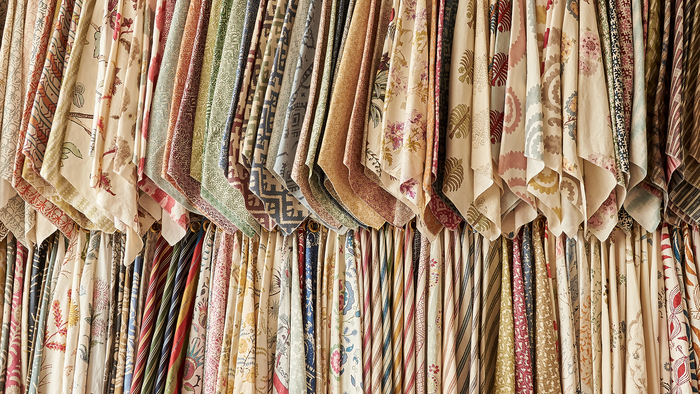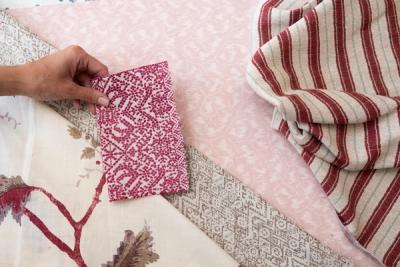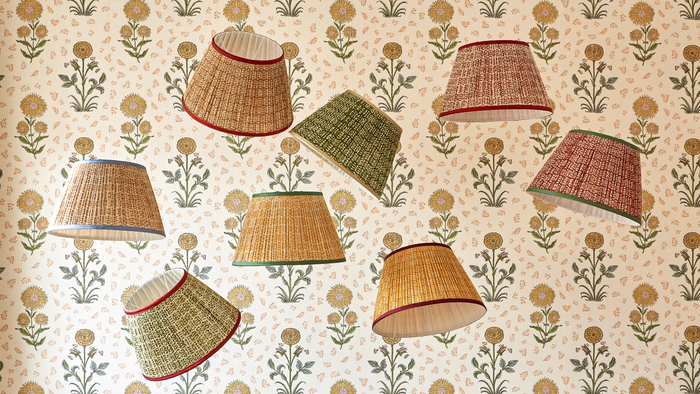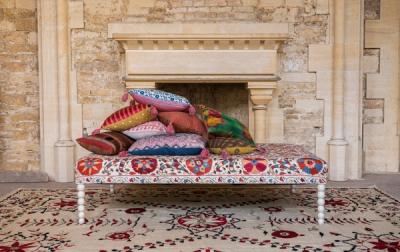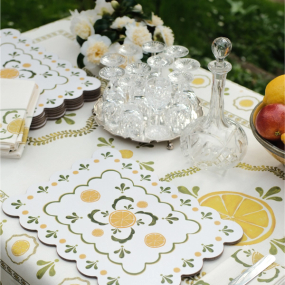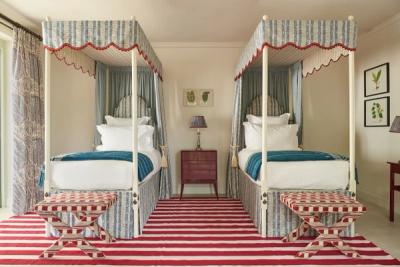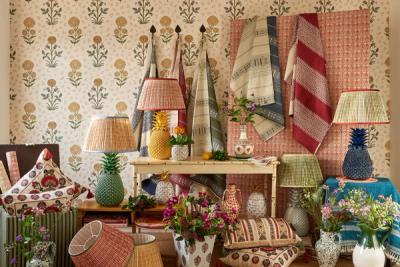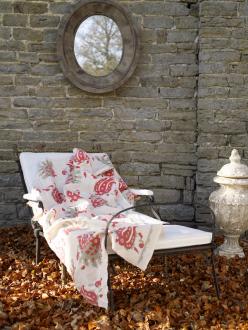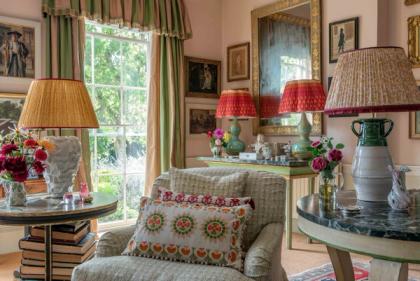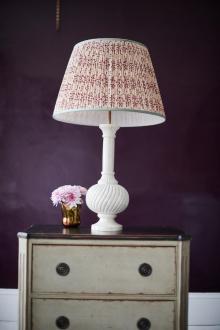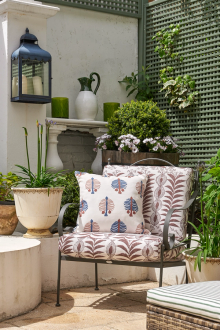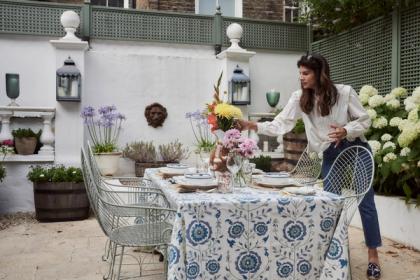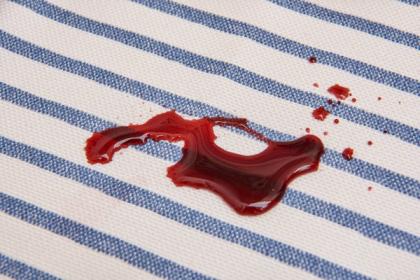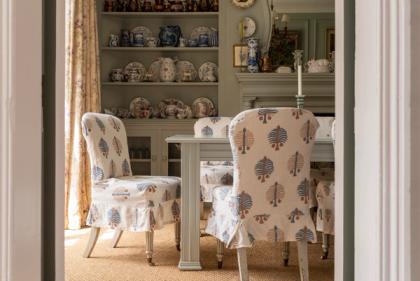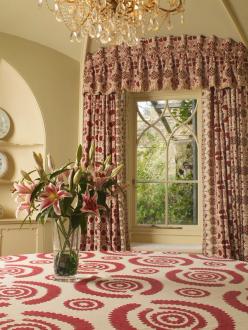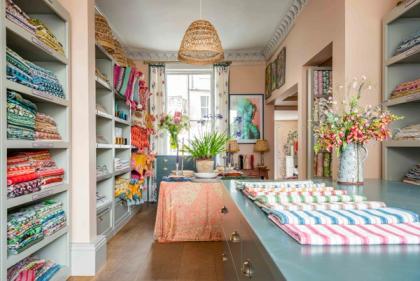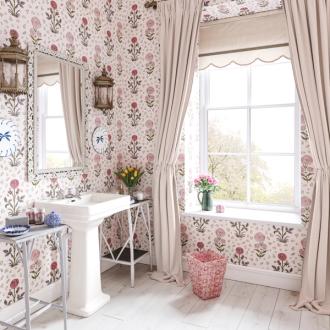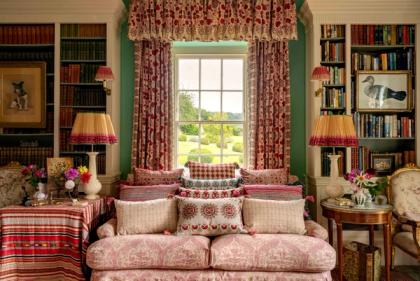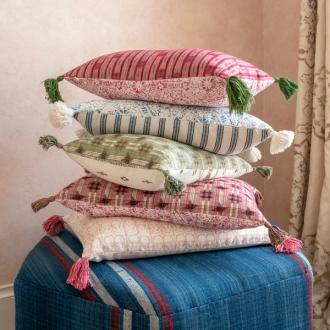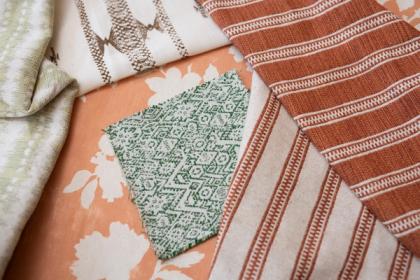The Penny Morrison Guide to Wallpaper Types
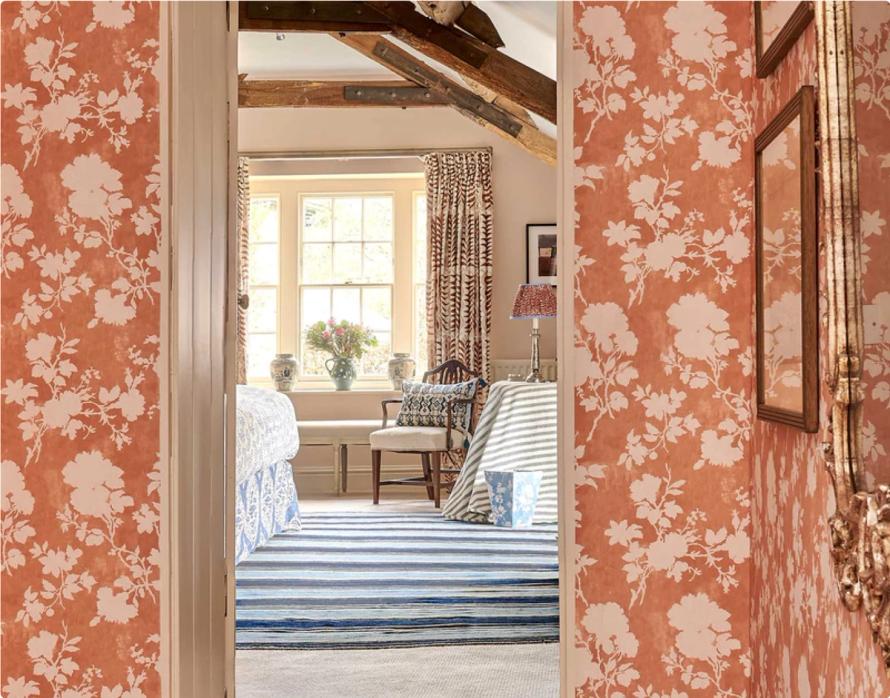
The Penny Morrison Guide to Wallpaper Types

While we’re pretty easy to please when it comes to colour, we’re infinitely more excited to browse wallpaper than wall paint. This may be our bias toward print – and lots of it – coming through but, equally so, it could be our love for finding as much depth as possible within a room.
But there is much more to wallpaper than meets the eye. Quality, texture, craftmanship and environmental friendliness are all as important as the patterns themselves – and, in some way or another, they are all factors that will determine the strength of impact your chosen paper has on your room.
In other words, it’s always worth understanding the basics – if for no other reason than to narrow a ‘shortlist’ of fifty different wallpapers down to a small few. Most of us will, after all, have some sort of preferences for woven or unwoven, ‘paste the wall’ or ‘paste the paper’, and it’s always better to know sooner rather than later.
Below, we go through the different types of wallpaper you might want to consider as you browse.
Woven vs Unwoven
As the name suggests, a woven wallpaper is one that is made up of many small fibres woven together – in similar way to how many textiles are created. The end result is subtly textured, breathable, and relatively hard-wearing wallpaper, although the exact results depend on what fibres are used to create it.
Natural or synthetic fibres – or a weave of multiple different types of fibres – can be used to create woven wallpaper, and each offer slightly different results. Silk, linen, and cotton are all examples of natural fibres found in woven wallpapers. They tend to be made in smaller batches that take a little longer to be completed, which does mean that they will generally cost more. Some processes cannot be sped-up without loss of quality, and it’s better to prioritise quality over speed.
Unwoven wallpaper is a broader term. Wallpaper that is actually made of paper is a more traditional example, but plenty of modern wallpapers are made of vinyl which is harder-wearing, and much more resistant to water than paper is. It’s also a lot cheaper, however, and a lot easier to produce in larger volumes.
Coated vs Uncoated
Some paper or woven wallpapers are coated in a thin layer of vinyl, in order to make them more durable. When used as a coating, the effect is a little less glossy (though not as matte as, say, a linen woven wallpaper), but also less textured than uncoated wallpapers.
A fabric wallpaper coated in vinyl is often referred to as a ‘fabric backed vinyl’. The weave strengthens the vinyl without having much of a visual impact on the final result. In fact, when it comes to vinyl coated wallpaper, any design it features will have been printed directly onto the vinyl itself, rather than the fabric beneath.
Uncoated wallpaper doesn’t benefit from quite the same level of durability or water-resistance, but that’s not to say it’s fragile, or a risky introduction to the home. Its breathability means that it’s a healthy, mould-resistant option, and generally more environmentally friendly than vinyl alternatives.
Paste the Wall vs Paste the Paper
These days, it’s becoming increasingly common for sellers to market their papers as ‘paste the wall’ – which, as the name implies, requires the installer to apply the paste directly to the wall and then lie the wallpaper on that. This process is generally considered simpler than the alternative.
Pasting the paper is the traditional method. In order to prepare the paper for the paste, it needs to be soak for between ten and fifteen minutes (or however long the manufacturer advises). This is to ensure that it has expanded before application, rather than after – which, as you can imagine, would be disastrous. The process is trickier and, since only a few sheets can be soaked at a time, more time-consuming.
These days, unwoven wallpaper is commonly referred to as Paste the Wall wallpaper. For obvious reasons, it’s definitely a more popular choice among DIY-ers, since it’s less daunting to install – but, if you’re willing to spend the extra money on a professional wallpaper installer, the beauty and traditional feel of a woven wallpaper is more than worth the extra time it takes to install.
You can read our full guide to buying luxury wallpaper here for more information.
Wide Width vs Regular Width
As the name suggests, wide width wallpaper is wider than the average roll. These papers tend to be between one metre and one and a half metres wide (compared with anywhere below 100cm for regular width wallpaper), which means that you need fewer rolls in order to cover your walls.
Of course, the wider sheets do mean that they can be a little tricker to walk up a ladder or apply, but a skilled decorator will manage this just fine.
Since fewer sheets are needed, wide width wallpapers also reduce the number of ‘seams’ between one sheet and the next, which naturally reduces the risk of slight discrepancies or visible joins, which is another strong selling point in their favour.
Floral? Abstract? Geometric?
This is, ultimately, the most obvious distinguishing feature of them all, and the one that most of us will be the most preoccupied by as we start searching for the perfect wallpaper with which to fill our space.
For that reason, we have put together a number of guides to help you navigate the dizzying world of wallpaper patterns. You can read about using abstract wallpaper here or take a look at our guides to using florals or geometric shapes for a little more inspiration.
While it’s always worth understanding the key differences between the different wallpaper types, we would always recommend anyone considering papering a room or wall takes the time to review samples of their shortlisted options. This is the only way that you can really appreciate the texture of a woven wallpaper – or the shortfalls, say, of a vinyl coated paper – and may just push you in a direction you were not convinced by when everything was still just an image on a screen.
